
 Distinct among Soulslikes
Distinct among Soulslikes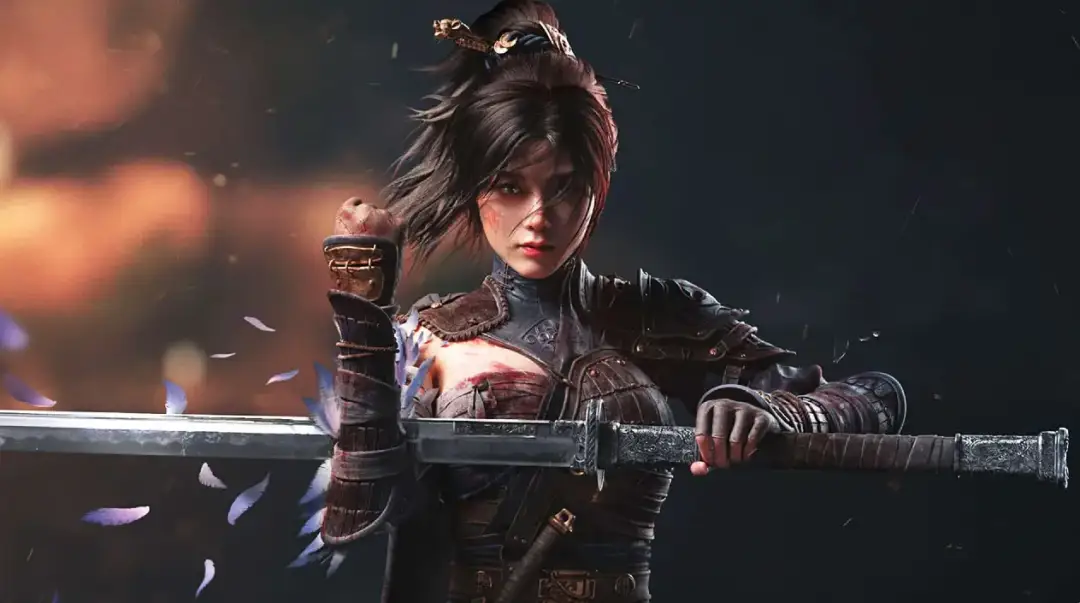
Today, the Chinese AAA game WUCHANG: Fallen Feathers has officially topped Steam's bestseller list, with its concurrent player count once exceeding 100,000.
Some call it an unremarkable Soulslike; others note its art, sound, and animation fall short of top tiers but praise its solid content; still others highlight its clever level design and combat that set it apart from typical Soulslikes... Despite circulating gameplay clips, judgment should wait—after all, one person’s meat is another’s poison. You’ll have to play it to decide.
This isn’t a rigorous review, just my take. Its flaws are clear: stiff character movements, clunky facial expressions—all below today’s highest standards. Yet its boss fights kept surprising me.
The level design stands out, with each chapter boasting surprisingly large maps. Countless shortcuts, secret doors, and branching paths often feel like discovering a new world. But minimal guidance leaves you lost: wandering may lead to ambushes, new bosses, or looping back to old checkpoints. It also “pays homage” to predecessors with traps like easy drowning, high-ground ambushes, and undead phototaxis—every area has sneaky designs that’ll make you rage-quit.
Most importantly, it finds fresh ways to challenge players. Is it good? Yes. Rooted in Soulslike DNA, it innovates in combat and exploration. Minor flaws fade once you’re immersed.
In the rise of domestic standalone games, it’s a “promising college student”—full of potential, with room to grow.

Find Your “Sharp Blade” in the Sword Tomb
Treat Late Ming as a traditional Soulslike, and you’ll get stuck on Chapter 1’s final boss “Red Mist” for hours.
It’s not that the boss is too hard (okay, maybe I’m just bad), but combat abandons the classic turn-based rhythm of “retreat when they advance, strike when they tire.” Instead, it focuses on builds and countering boss patterns.
Enemies have two move types: sword slashes/thrusts, and fists/kicks/magic/AOE. Each demands a different response: sword strikes can be dodged, parried, or countered with a “clash” (blade locking); fists, magic, or AOE require dodging or your own magic.
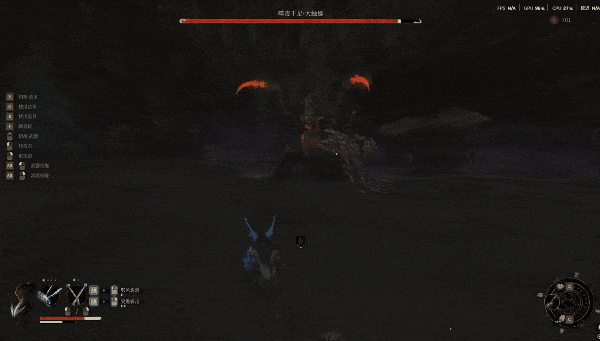
The game offers 5 weapon-based builds, each unique:
• Long saber: Balanced, excels at parrying
• Dual blades: Fast, excels at clashing
• Axe: Focuses on resource management, excels at burst damage
• Spear: Skill-combo focused, excels at frontline pressure
• Sword: Hit-and-run, excels at magic
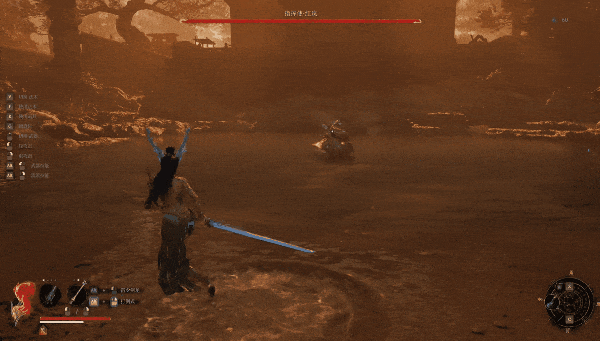
This doesn’t make it easier, though. Bosses are more aggressive than most Soulslikes.
Except for a few “easy” ones (Chapter 1’s Tang Princess, Tree Demon), every boss fights like “Starscourge Radahn” or “Malenia”—with long-range thrusts, spins, quick punches, ground slams, and phase 2s as standard. They test your pattern recognition and reflexes.
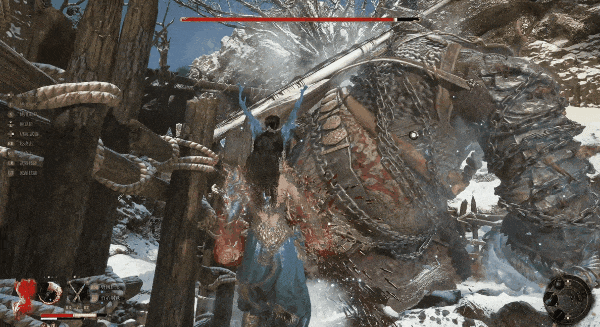
Meanwhile, the boss boasts sufficiently high stats. Every player ends up a tank-like berserker, yet a single misstep can leave them critically injured. Try to chug a potion, and the boss will read your move—immediately hitting you with a grab or a piercing combo that sends you right back to the "bonfire" (no dodging to cancel while drinking). This is especially true in the early to mid-game: first-time encounters with bosses invariably mean getting pummeled, and one-and-done runs are few and far between.
But as the protagonist, your potential matches theirs. Late Ming differs from other Soulslikes here:
• Core “Feather” mechanic + dual weapons: Perfect dodges earn feathers, usable for skills, magic, or enhanced heavy attacks—boosting offense. Switch weapons mid-fight to adapt.
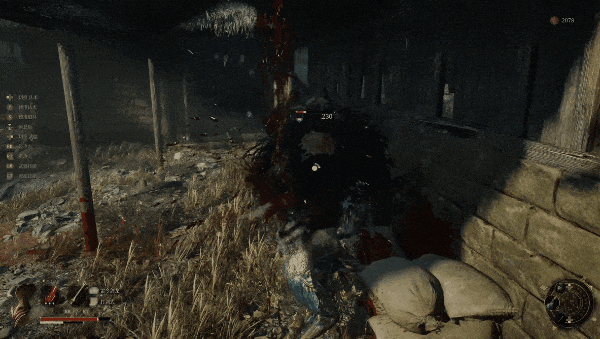
• Deep leveling: Blends progression and customization—stats, skills, passives, expanded feather capacity, and “Bian Stones” (equipment upgrades).
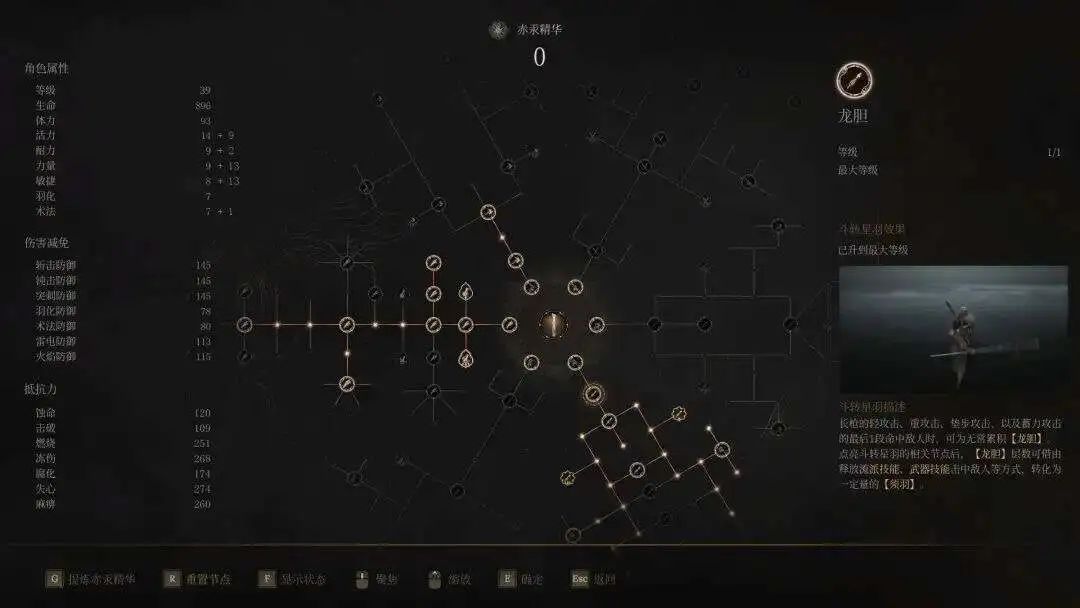
• Complex equipment: Unique weapon skills, build-specific skills, and sockets for “Bian Stones” (stat buffs) or “Ancestral God Stones” (passives).
Build potential is striking. Chapter 2’s “General Ai Nengqi”—agile, with a long saber and giant bow—stumped me until I switched to a dual-blade build, using clash passives to heal and regain stamina. I tanked his phase 2 fire spin and won. With limited early points, this flexibility shined; later, dual weapons will enable flashy combos.
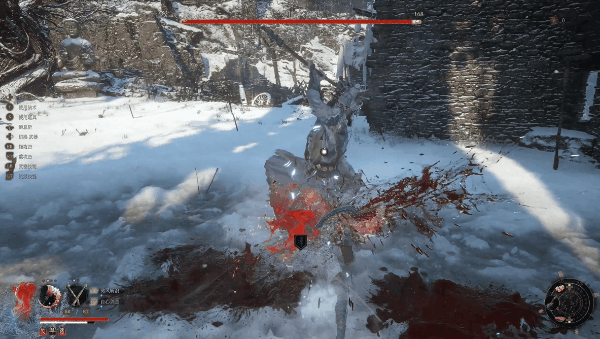
Bosses are tough, but your “sharp blade”—whether versatile or specialized—grows stronger. Find it, and you’ll turn the tide.

Stumbling Until You Reach the End
The combat design in Late Ming Dynasty is truly the most impressive part to me. The second most impressive aspect is the game's complex and devious level design.
I must praise the game's vast content. There are five major regions in total, each containing three to four large scenes. Every scene is filled with plenty of explorable content, such as elite enemies that drop rare materials and hidden equipment.
Moreover, different regions have completely distinct styles. For example, the first region includes ancient temples, villages, underground palaces, and royal palaces; the second features snowfields, military camps, and mountain manors; and later ones include jungles, wastelands, and so on. Each region has several scene designs that stand out in one's memory. Meanwhile, the enemies players encounter vary with different regions. Thanks to these changes, even though the game has a huge amount of content, I never felt bored while exploring and clearing maps.
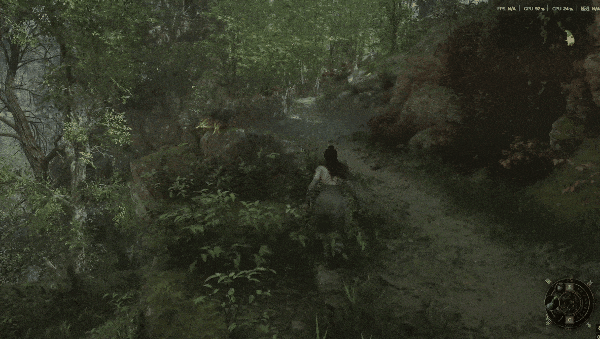
However, this is not the only highlight of Late Ming Dynasty's exploration experience. Two aspects are more worth discussing: first, the "Inner Demon" system built on "soul loss upon death," which lets players choose their risk preference during exploration; second, the seamless connection design of the entire map, which creates a stronger sense of immersion.
First, the Inner Demon system affects the proportion of souls lost when the character dies. The higher the Inner Demon level, the more souls are lost, while it also grants a buff that increases attack power but reduces defense. The Inner Demon level increases when players kill unmutated humans or are defeated by enemies. It maxes out at level 9; when it reaches full, if the player's character dies and returns to the soul-loss point, an "Inner Demon Invasion" is triggered, requiring the player to defeat the Inner Demon's projection.

This means players can actively adjust their Inner Demon level based on their current exploration stage. For example, when exploring a new area, they can keep the Inner Demon level low to ensure survival; while at a boss’s door (before fighting), they can raise it to gain stronger attack effects.
What's more, the Inner Demon projection is a neutral enemy—its aggro can be transferred. Players can take advantage of this to "sit back and watch the tigers fight," using this "cheese strategy" to take on tough elite enemies.
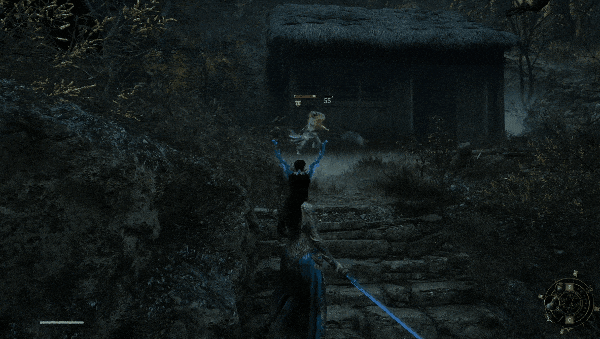
While the game does include items to increase or clear the Inner Demon (or lower its level), it’s no easy feat to fully control its level amid these "maliciously designed" levels. Each chapter contains long level segments that can "break one’s resolve"—take the underground palace area in Chapter 1, for example, where negative effects are amped up to the max. Under the "blessing" of debuffs like Corruption (slowly draining health) and Life Erosion (gradually reducing maximum health), players must also watch out for enemies that lunge at them from cliff edges, making survival pressure overwhelming.

Another example is the snow village in Chapter 2. Players must contend with the frostbite debuff (which halves their stamina) while keeping an eye out for landmines buried under the snow, staying alert for bombers on high ground, and avoiding suicide bombers that suddenly emerge from the shadows. A single misstep will lead to instant death.

But beyond the "startles," the map design in Late Ming Dynasty also brought me quite a few "pleasant surprises." The game's progression doesn't rely on the placement of bonfires; instead, it leans more on shortcut designs—and these shortcuts are relatively well-placed. For example, after navigating a "treacherous area" with little supplies left, you'll find an elevator nearby that takes you straight back to the previous bonfire. Another instance: just before reaching the boss arena, taking down a dead tree nearby will unexpectedly connect you to a bonfire from three hours earlier in the game...

This is partly due to the clever map layout, which enables highly dense level structures within limited space; and partly due to the game’s fully interconnected map design, which provides ample room for creativity in level arrangement.
Notably, the benefits of a fully connected map don’t stop there. Players can gradually piece together the game’s backstory through self-guided exploration, via narrative content embedded in area transitions. For example, in Chapter 1, as players explore further, the game’s atmosphere shifts from ordinary to eerie—starting with mountain streams, villages, and ancestral halls, moving to underground caves swarming with poisonous insects, and then to wild outskirts dotted with tombstones and coffins. Meanwhile, the enemies players encounter grow increasingly grotesque and terrifying.
This process continuously fuels players’ curiosity: “Why have humans turned into monsters?” “What exactly is the Feather Plague that the player is infected with?” “What is the source of this disaster?” This curiosity drives players to keep exploring.

Turn the Wheel of Fate, Uncover the Truth
Story-wise, Late Ming hides depth:
• Bosses split into “core” (plot-critical, e.g., unlocking underground areas) and “non-core” (side quests, e.g., Chapter 1’s Lu Hongliu). Choices may shape endings, encouraging multiple playthroughs.
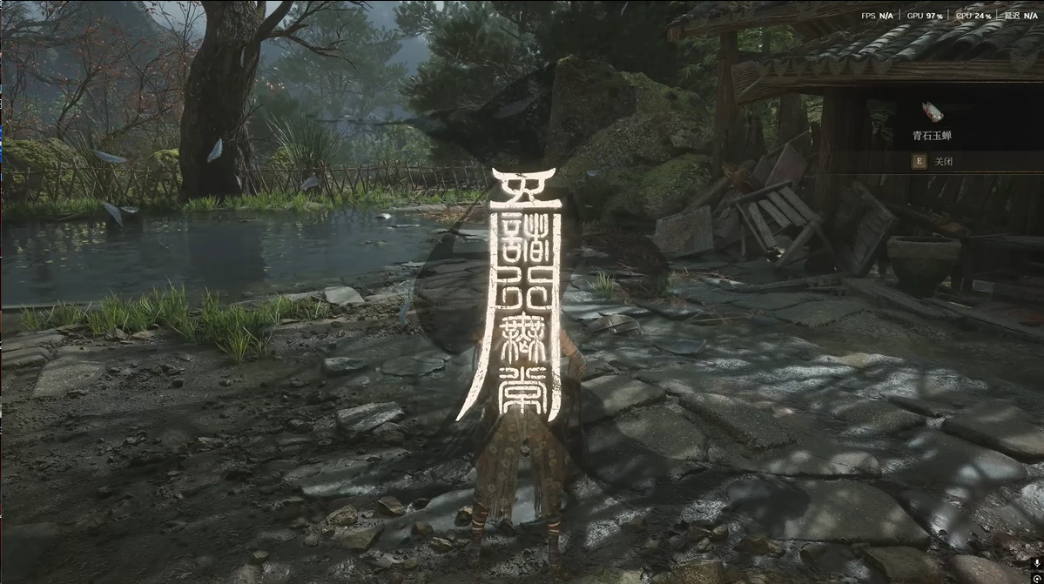
• Symbolism: A windmill in your first dream (followed by instant death) recurs in key bosses and NPCs—likely symbolizing “cycles and rebirth,” hinting the true ending needs multiple runs.
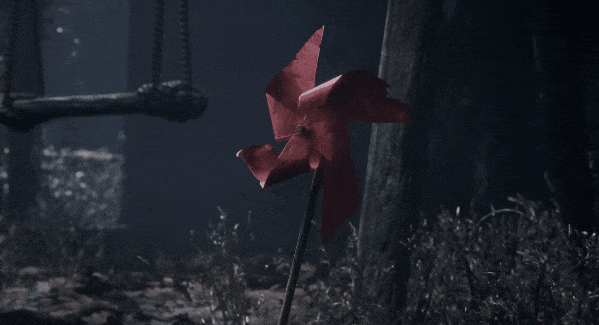
Other highlights await post-release.
Admittedly, Late Ming isn’t perfect: stiff animations, vague guidance, and frustrating “homages.” But strengths outweigh flaws. Mastering a boss, nailing a build, navigating clever maps, and using Inner Demon to turn the tide—this thrill makes it worthwhile.
It borrows Soulslike roots but innovates: Feather system, deep builds, seamless maps, layered storytelling. This ambition, paired with solid content, is its brightest light.
It’s no “straight-A student,” but a “promising college student” in domestic gaming’s rise.
Talk won’t do it justice. Step into its perilous world, stumble and rise, find your blade, spin your windmill—and taste the reward. It’s worth your time.
